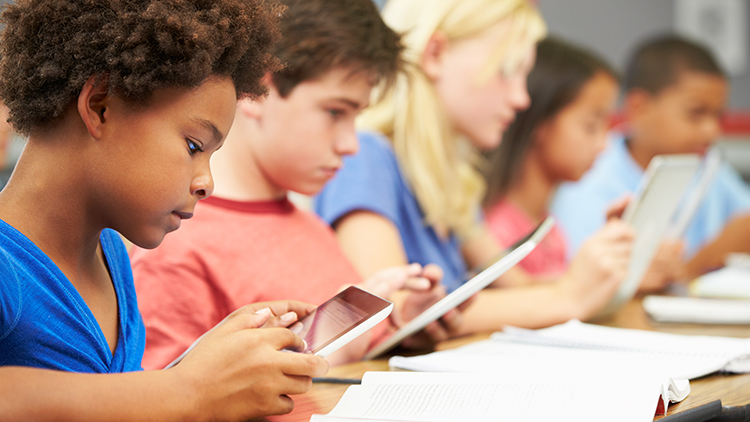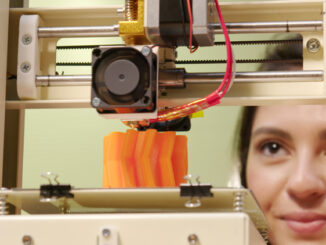
You probably know that when people use the term literacy they are talking about how well someone can read and write. But what do you think digital literacy means? Digital usually means something to do with computers. So, if you guessed reading and writing on computers, you’d be on the right track.
Digital literacy is about more than just using computers to read and write, though. It’s about making sense of all the different ways we use technology to find, evaluate, and create information. That could mean knowing how to use a reading tablet. It could mean knowing how to navigate a website. It also means being able to decide if a source on the Internet is reliable [trustworthy and accurate]. Not everything you read on the website is true. It can even mean being able to code, or create apps, websites, and software.
Many people enjoy using technology, and there are many benefits. However, digital literacy brings many challenges as well. Technology is constantly changing. Some communities have little access to digital devices and their never-ending updates. Some people struggle with suddenly needing to learn new ways of doing things.
September 8th is International Literacy Day. It is a time to promote literacy in all its forms. The United Nations Educational, Scientific and Cultural Organization (UNESCO) has given grants [money to be used to help someone] to help digital literacy among senior citizens and in poor communities. As technology continues to be created, it is important to make sure people do not get left behind.
What Do You Think? What are some examples of digital literacy from your daily life?
Photo Credit: Monkey Business Images/Shutterstock



